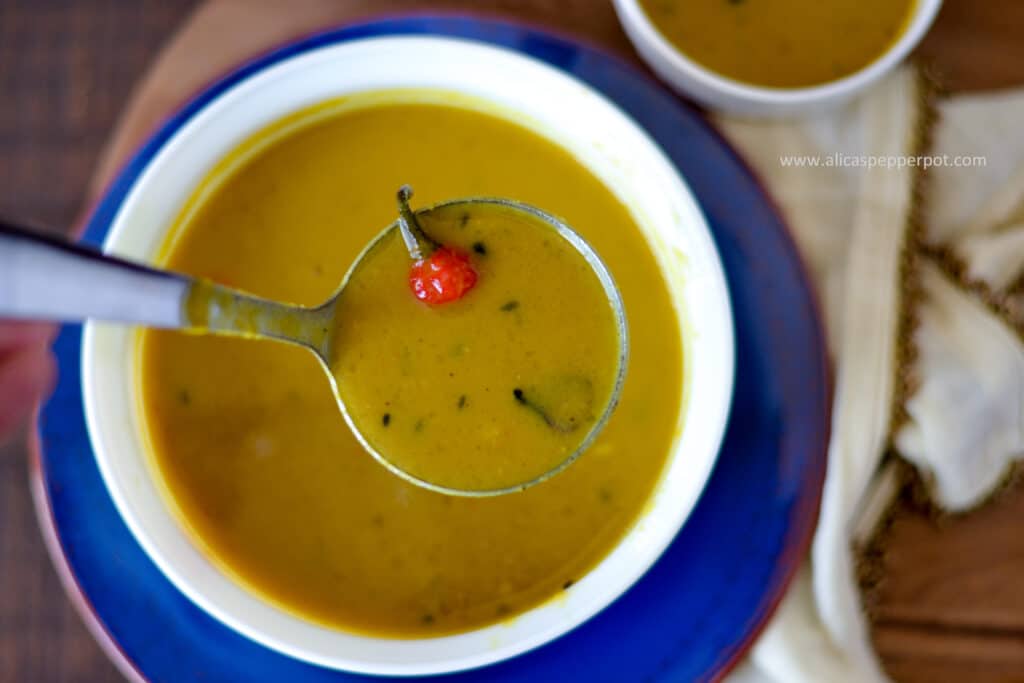
More dhal recipes:
Today I'm sharing my great-grandfather's technique for making dhal, a staple in Guyanese cuisine and a contribution from the Indian descended population of Guyana. Dhal is a flavorful gravy-like dish primarily made from yellow split peas, sometimes combined with green split peas. The peas are simmered with onion garlic, and hot pepper until soft then mashed or blended to a smooth consistency. Spices like turmeric, roasted cumin, curry powder, and sometimes garam masala are mixed in.
The dhal is finished by infusing extra flavor through a tempering process. This involves frying cumin seeds and sliced garlic in hot oil to release their flavors. Then they are poured over the dhal immediately.
A plate of dhal and roti alone is so filling and comforting. I think it's one of the simplest dishes to make and is quite healthy, too. The split peas used to make the dhal provide protein and fiber and the spices that flavor the dhal like turmeric are known to have healing properties.
It pairs well with just about anything; roti, rice, curry, or you can simply enjoy it in a teacup. My father would pour steaming hot dhal in a teacup and casually stroll around the house, sipping it like tea. He'd swirl the cup in gentle circles in between each sip.
My Great-Grandfather, the healer, and Cookman
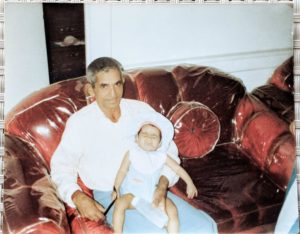
My great-grandfather's name was Motie Singh. He was from DeKinderen, a village located in West Coast Demerara, Guyana. He was born in 1922 and passed on at age 72. I knew him as a little girl, but have very few memories of him. The photo above is one of the only photos of us together. Also, not a very flattering photo of me, but wha yuh go do! I remember him as a healer in our family; his hands were blessed. My father would go to him instead of a medical doctor to receive help with muscular aches and pains. People would travel from other parts of Guyana to visit him so he could fix their ailments through his method of vigorous massage. My uncles would recall him being able to "put your joints back into place."
He had a knack for cooking. He cooked often at home, but was also a wedding house cook! If someone was getting married, he would go to their home and help prepare the large batches of food served after the wedding ceremony. My grandmother and her sister, aunty Savitree, recall his hand-cooking as "sweet," meaning his food was so tasty you would lick your fingers. In his time, there was no such thing as a recipe to follow or even measuring of ingredients. He cooked based on how the food looked and what he felt it needed. Today, many of my favorite foods that my grandmother makes are dishes she learned to cook from him. These stories help me realize that my passion for sharing love through food runs deep in my bloodline.
Bounjal Dhal
Great Grandpa Motie made the best dhal according to my grandmother. She called it, "bounjal dhal" or sometimes "wedding house dhal." Bounjal simply means to saute the split peas and spices in oil, with the onions, garlic, and pepper until the spices dry onto the peas. This helps to lock in the flavor. After bounjaying the split peas, water is added to the pot and simmered. The process is finished with chunkaying the dhal. Chunkay means to add a smokey layer of fried garlic and cumin seeds at the end. It creates another layer of flavor and is sort of iconic to the taste of Indo-Caribbean dhal vs daals of East Indian regional recipes. Many people make their dhal this "bounjal" way, but it is different from my mom's way which is more of an all-in-one method. Find the recipe here. She adds all the ingredients to the pot at once and lets it boil until thick and smooth.
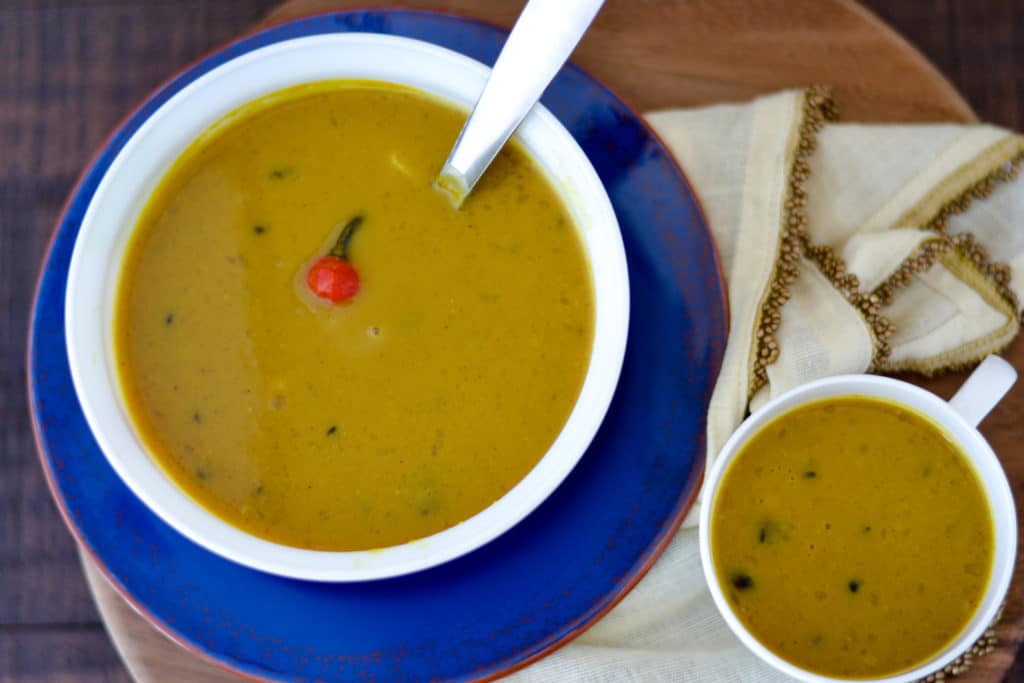
I've used my great-grandfather's technique to make this recipe and it is fantastic. Whether you enjoy your dhal thick and chunky or thin and runny, I hope you love the flavors of this Guyanese-style dhal and don't forget to take a look at Matthew's recipe here.
Make it your own + A Few Tips
Throw in these add-ins to make it heartier:
- Add in a handful of spinach, okra, or a few sticks of saijan (moringa)
- Use different peppers to flavor the dhal
- Use a combination of green and yellow split peas
- For a chunkier/thicker dhal let dhal simmer down until it heavily coats the back of a spoon
- Dhal may be cooked in a pressure cooker or instant pot. For pressure cooker, about 5-6 cups of water should suffice. If dhal is too thick, add boiling water and stir to combine.
- Dhal is typically chunkayed after boiling. My father prefers dhal without this part done, he says it causes him heartburn. Hey, people like what they like. If you also choose to leave this step out, the dhal will still taste great!
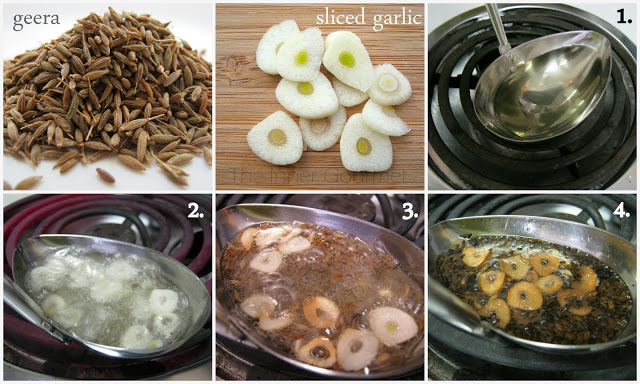
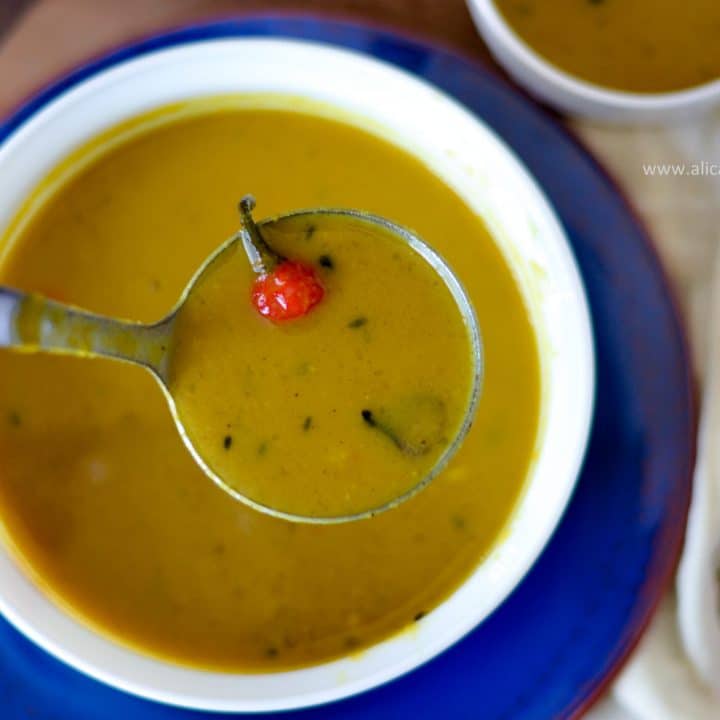
Dhal Recipe (Version two)
Ingredients
- 2 tablespoons neutral tasting oil
- 1 cup yellow onion, chopped or sliced
- 3 small garlic cloves, minced
- 1-2 wiri wiri peppers
- 1 cup yellow split peas, rinsed
- 1 ½ teaspoon ground geera (roasted cumin)
- ½ heaping teaspoon ground turmeric
- ½ heaping teaspoon madras curry powder
- ½ teaspoon garam masala
- 1 ½ teaspoon salt
- ¼ cup fresh tomato, diced (optional)
- 7 cups water, boiling (from a kettle)
Chunkay/Temper
- 1-2 medium garlic cloves, sliced
- ½ teaspoon whole cumin seeds (geera)
- 3 teaspoons neutral oil
Instructions
Sauté Aromatics: Heat the oil over medium heat in a heavy-bottomed pot. Add the onion and sauté until fragrant and softened. Then, add the minced garlic and wiri wiri peppers. Sauté for another 30 seconds or until fragrant.
Cook Split Peas and Spices: Add the rinsed yellow split peas, ground jeera, turmeric, curry powder, and garam masala. Stir frequently and cook for 6-7 minutes, allowing the spices to adhere to the peas.
Add Water and Simmer: Pour the boiling water over the split peas, then add the diced tomatoes (if using) and salt. Stir well and bring the mixture to a boil. Lower the heat to medium and cook for about 30 minutes.
Mash the Dhal: After 30 minutes, the peas should be partially tender. Use a dhal ghutni (swizzle stick) to mash the dhal as it cooks, aiming for a thick and slightly smooth texture. Continue cooking for another 25-30 minutes until the split peas are fully soft and the dhal has thickened. Alternatively, once the peas are completely soft, you can blend the dhal to a smoother consistency with an immersion blender. Just remember to remove the peppers before blending.
Prepare to chunkay/temper: Heat a bit of oil in a small saucepan over medium heat. Add whole cumin seeds and fry until they turn light brown. Then, add sliced garlic and fry until dark brown. This step happens quickly, so stay close to the pan.
Finish the Dhal: Immediately pour the hot cumin-garlic mixture into the dhal (be sure to simultaneously cover the pot as you do this, as it may splatter). Stir well, adjust salt if necessary, and remove from heat.
Storage: Allow the dhal to cool completely before transferring it to an airtight container. Store in the refrigerator for up to 3 days.
Reheating: Warm the dhal in a saucepan over medium-low heat to reheat. Add a little water if it has thickened too much from being in the fridge. Stir frequently to ensure even heating.
Enjoy your dhal with roti, rice, or on its own!
This post is a collaboration with Matthew, from Matthew's Guyanese Cooking. A couple of months ago Matthew and I were chatting about how there are so many different ways to make the same dish, but everyone thinks their way is the right way. We decided to collaborate on a dhal recipe, showing how two recipes for the same dish can be made differently- not the right way, but our way. For Matthew's recipe, check out his video here and subscribe to his channel, you won't be disappointed. When I first found Matthew's channel I was so impressed. He explains his cooking techniques and the "why" behind his steps. This to me is very important because if you understand the "why," you give yourself the ability to become a better cook. His videos are easy to follow and he makes it all look so effortless! I also love that at a young age and as an Indo-Caribbean American, Matthew is preserving his culture through food and sharing it with the world, literally.
Collaboration | Matthew's Guyanese Cooking

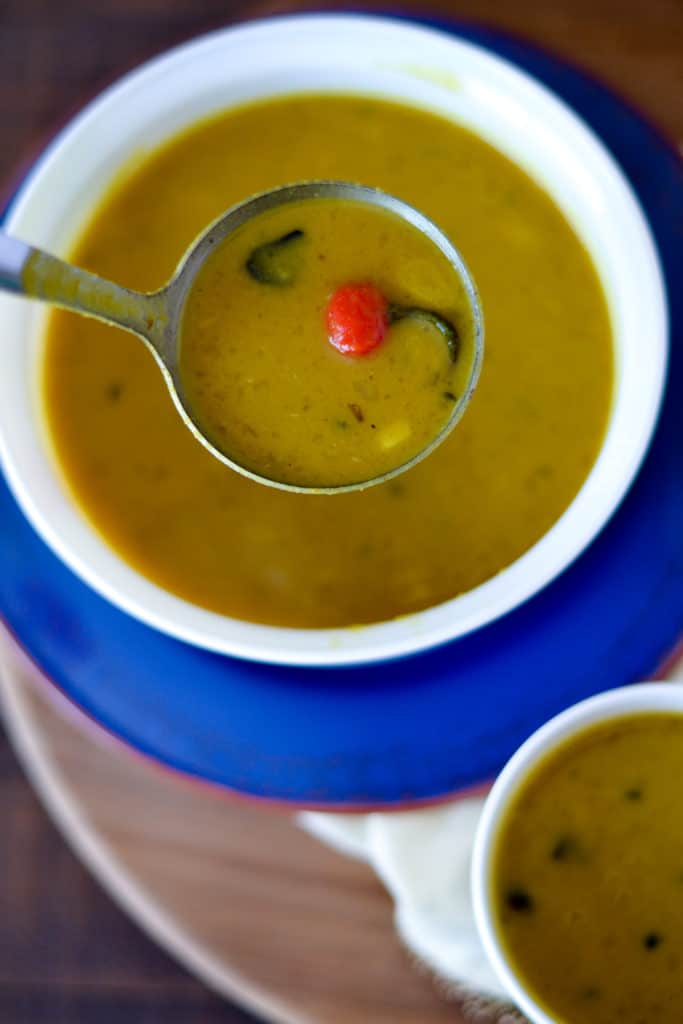


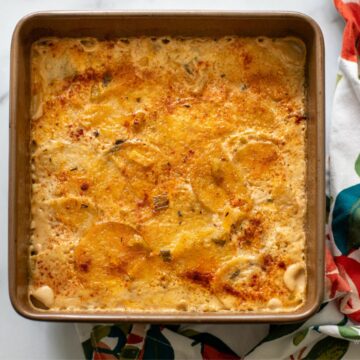
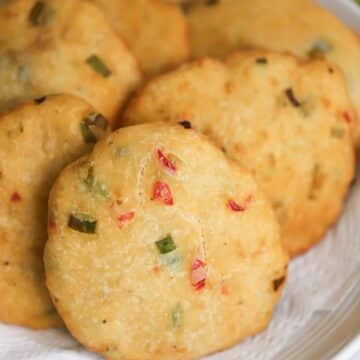
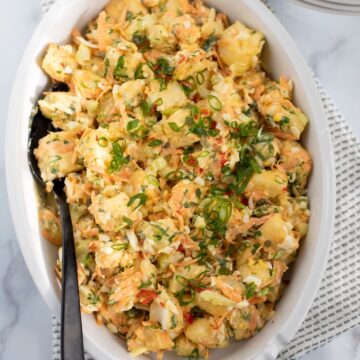
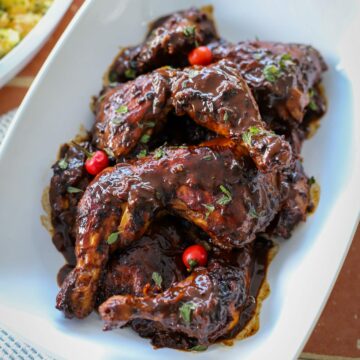
Bonny Rambarran says
ok - now this looks amazing . . . . for my Guyanese husband I believe it will make it for him
Tioni Hyland says
I just tried this method and it's absolutely delicious. I'm a Guyanese living in Canada and it's actually my first time making dhal. Thanks so much Alica!
Stacy says
This is how I make my dhal, and funnily enough my grandmother was also from De Kinderen. She was born the same year and died when she was 75, after living in Canada for about 15 years. It amazes me how things are regional.
Kami | Life with Kami says
Love seeing how others make dhal, I do it differently even from my mom. Thanks for sharing.
Caeli says
Hi Alica,
We just did a Guyanese feast over at our global cooking blog, and your recipes were wonderful! We gave your site a special mention and linked to the recipes we used, including this dhal, which is one of the best I've ever tasted! Thanks for compiling this great blog!
Alica says
Hi there, thanks so much for linking to my site and I'm happy you enjoyed this dhal! It's a fav of mine as well!
Maff says
Hi Alica,
Has to be in our DNA since I am from Berbice. Learned on my own making Dahl and Curry, many mistakes, or well before internet. My dhal started out boil method and very slowly, a lot of trials, I somehow made it to your "bunjal way", close to your recipe. My wife will not let me make in-house, always outside, due to the garlic and cumin seed step. I may have twist during chunkay step where the cumin seed is toasted before oil is added.
Now going to try your Pepperpot Recipe!